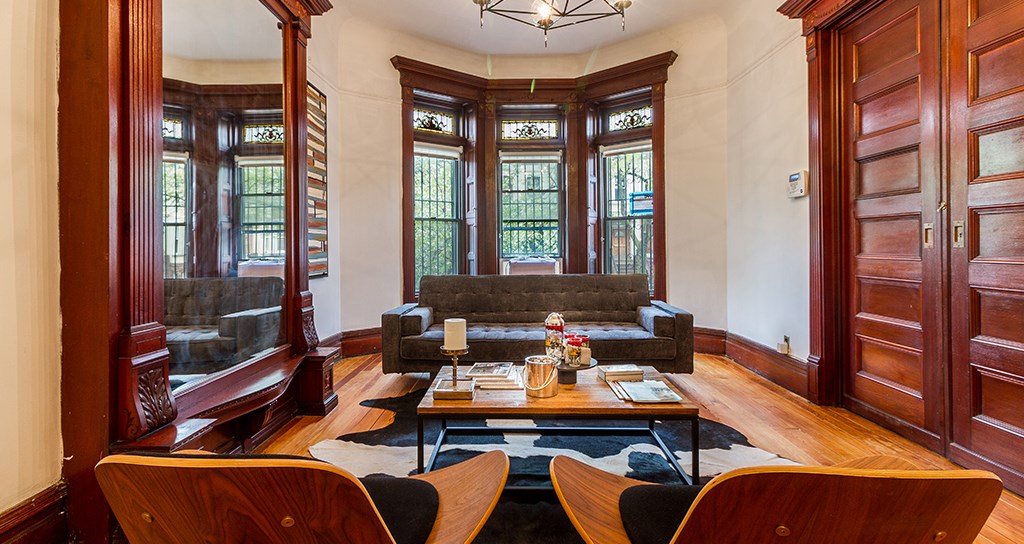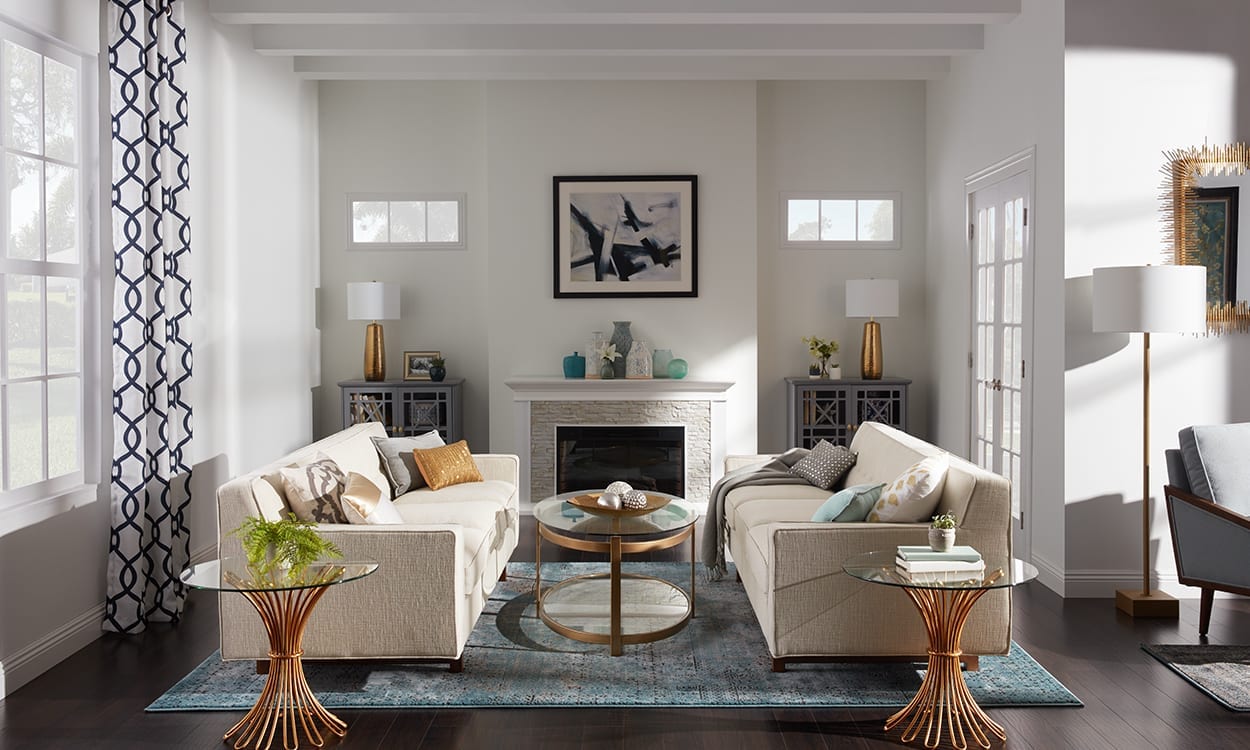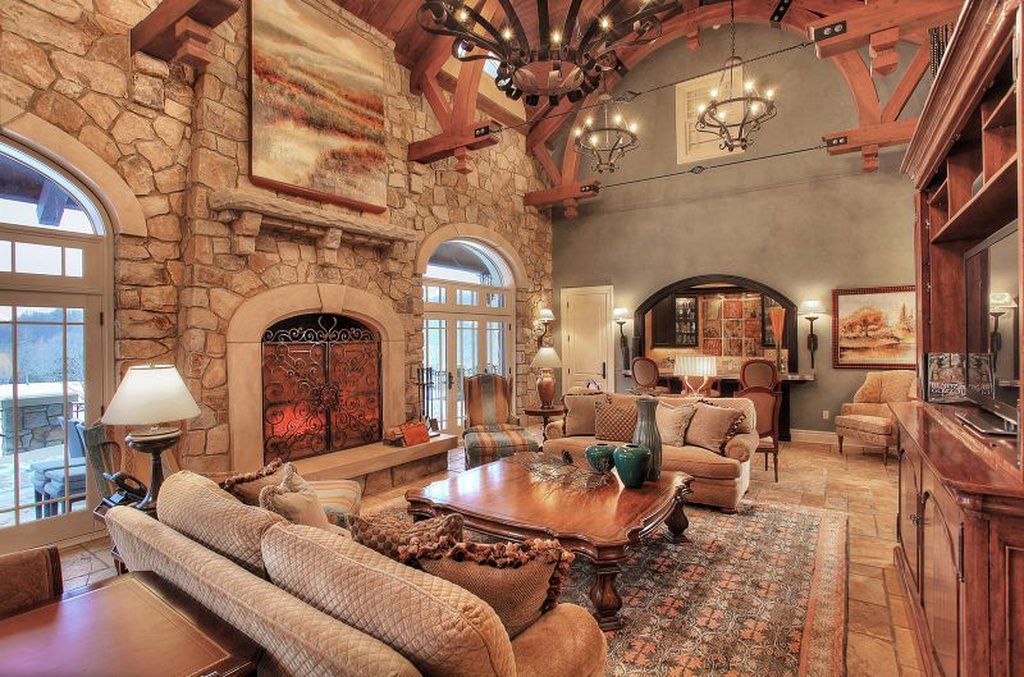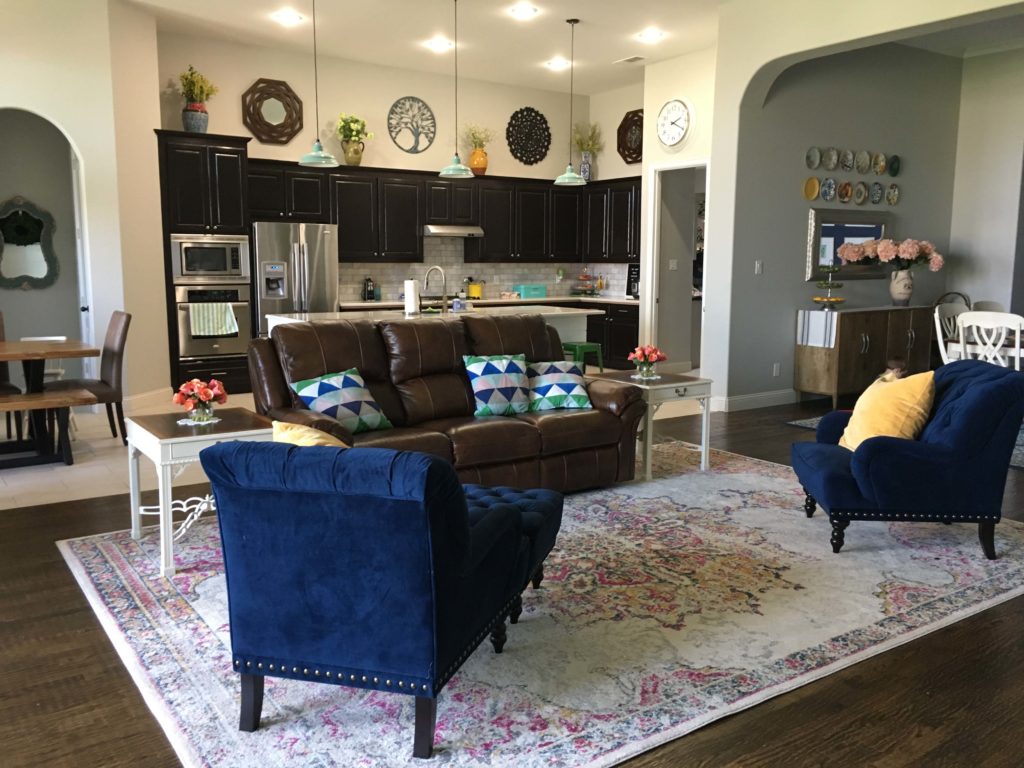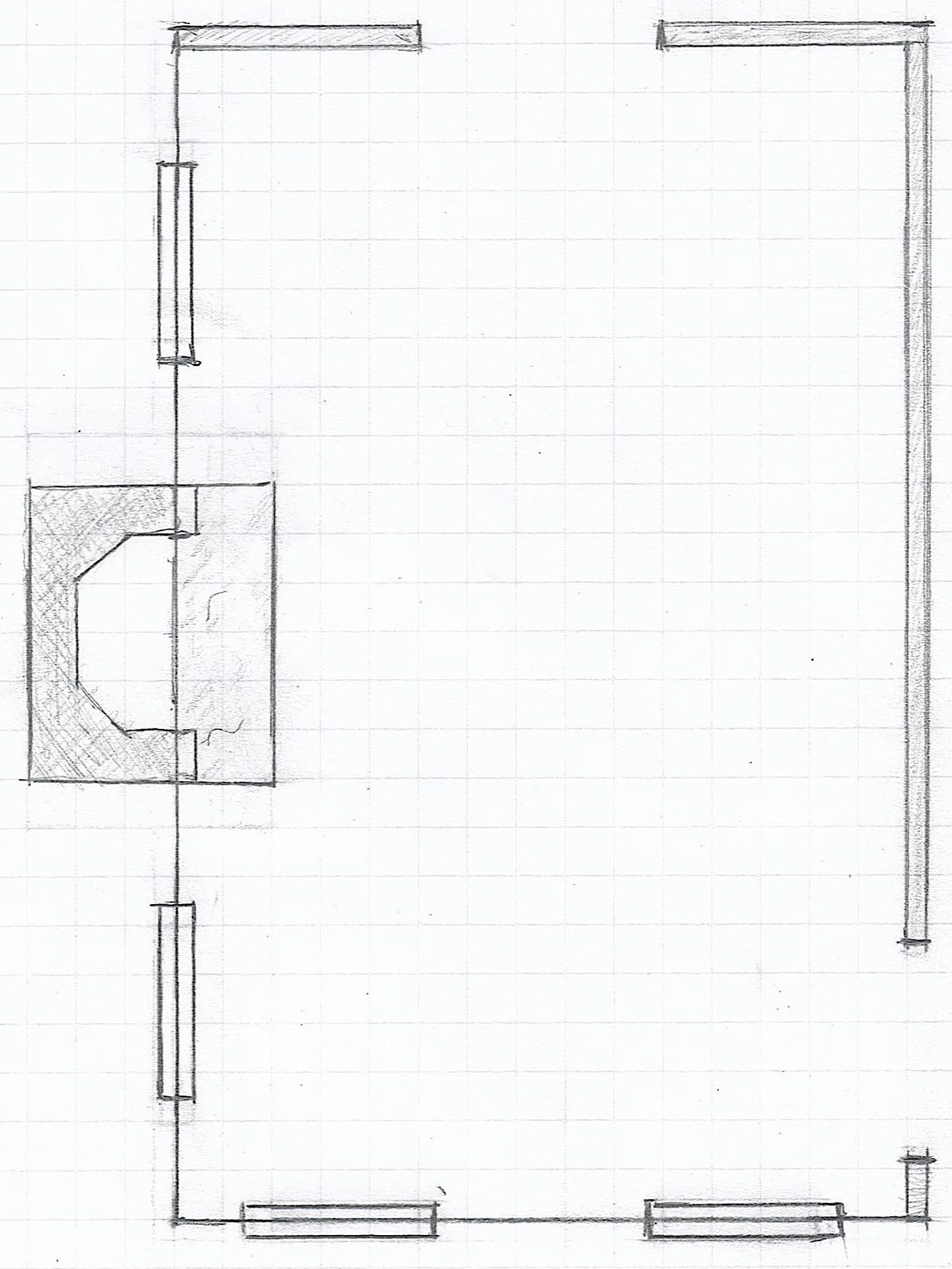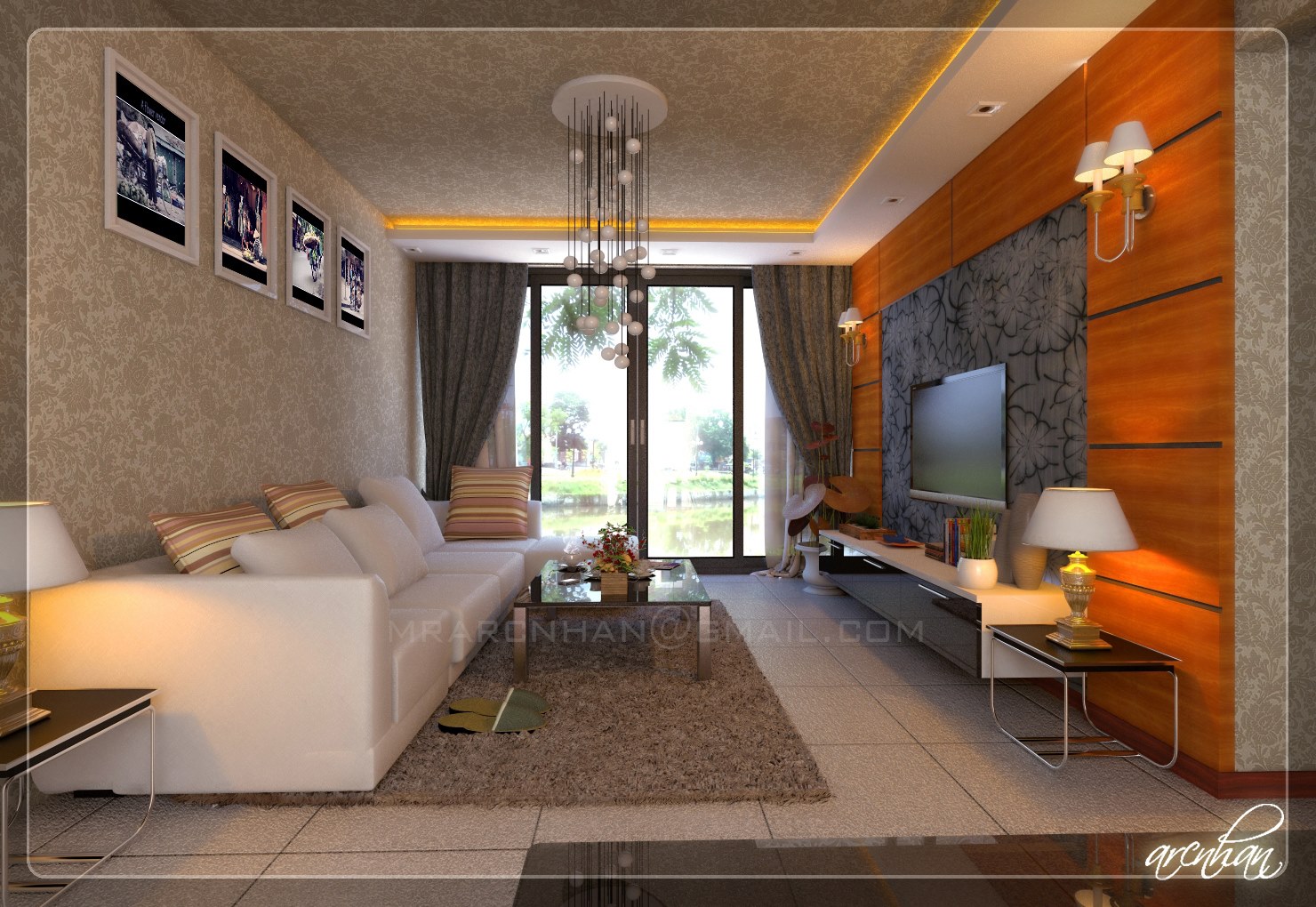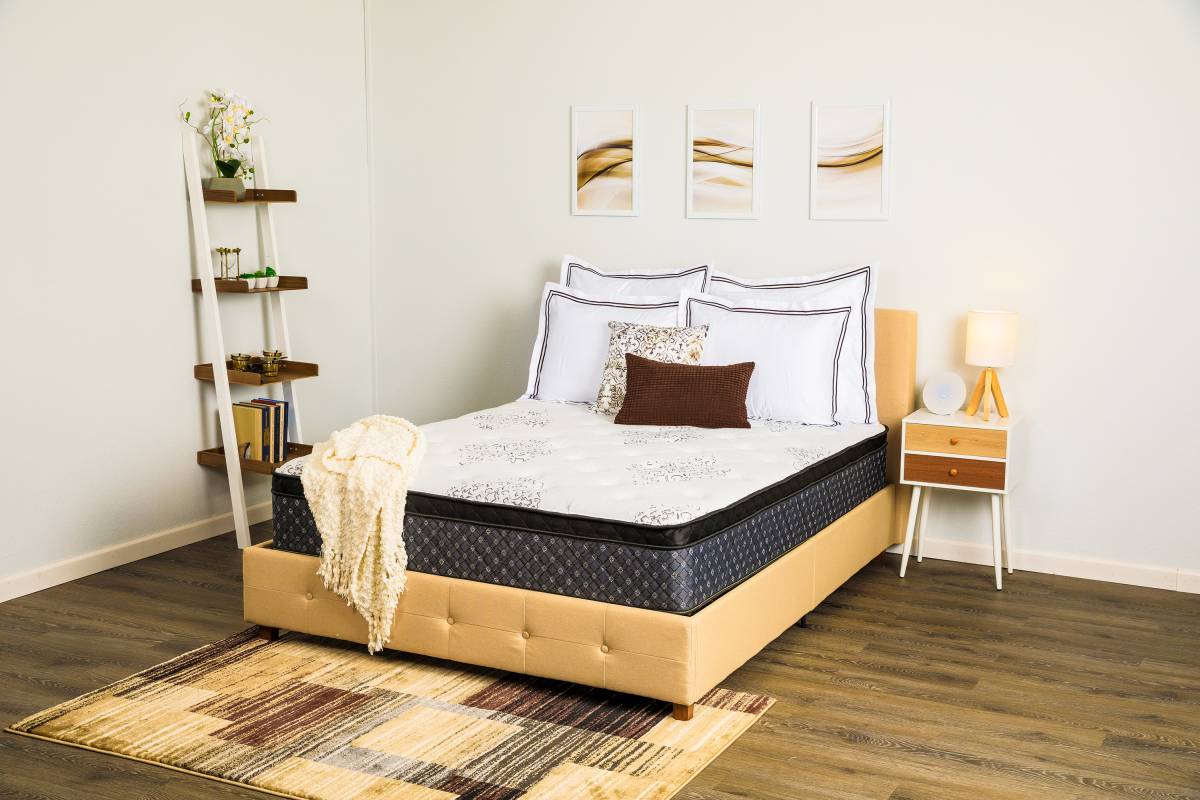Origin of the Living Room
The living room is a staple in most homes today, but have you ever stopped to think about where it came from? The concept of a designated room for socializing and entertaining guests has been around for centuries, but the term "living room" didn't come into common usage until the 19th century. The origin of the living room can be traced back to the Renaissance period, where the wealthy elite would have a "withdrawing room" for private social gatherings. This eventually evolved into the modern-day living room we know and love.
History of the Living Room
As mentioned, the living room as we know it today originated from the withdrawing room in the Renaissance period. However, it wasn't until the 19th century that the term "living room" started to be used. During this time, the Industrial Revolution brought about changes in society, including a rise in the middle class and a focus on home and family life. This led to the creation of a designated room for family gatherings and entertaining guests, which became known as the living room.
Evolution of the Living Room
Over the years, the living room has evolved in both design and function. In the early 20th century, the living room was often the most formal room in the house, used only for special occasions. However, as time went on, the living room became more of a casual space for everyday use. In the 1950s and 1960s, the open concept living room and kitchen became popular, creating a more spacious and communal area for families to spend time together. Today, the living room continues to evolve with modern design trends and technology, such as the integration of smart home features.
Living Room Terminology
When it comes to the living room, there are many terms used to describe different aspects of the space. For example, you may have heard of a "great room," which is a larger living space that combines the functions of a living room, dining room, and kitchen. Other common terms include "family room," "den," and "sitting room," all of which refer to a similar type of space used for relaxation and socializing.
Living Room Design Terminology
In addition to the various terms used to describe the living room itself, there are also many design terms associated with this space. These include "focal point," which refers to a prominent feature in the room that draws the eye, such as a fireplace or large window. "Traffic flow" is another important design term, which refers to the movement of people through the room and how furniture placement can impact this flow.
Living Room Naming
Have you ever wondered why the living room is called the living room? The simple answer is that it's a room where people spend a lot of their time living and socializing. However, there are other factors that may have influenced the naming of this space. For example, in the past, the living room may have been the only room in the house with a fireplace and therefore the warmest and most comfortable room to spend time in.
Living Room Terminology Origins
Many of the terms associated with the living room have interesting origins. For example, the word "den" comes from the Old English word "denn," which means a dwelling or small room. "Sitting room" comes from the Old English word "sit," meaning to rest or take a seat. "Great room" has its roots in medieval architecture, where the "great hall" was the main gathering space in a castle or manor.
Living Room Terminology History
The history of living room terminology is closely tied to the history of the living room itself. As the space evolved and became more commonly used, new terms were created to describe different aspects of the room. For example, the term "great room" didn't come into common usage until the 1990s, when open concept living spaces became popular. The history of living room terminology is constantly evolving, just like the space itself.
Living Room Terminology Evolution
As mentioned, the living room and its terminology have evolved over time. The early 20th century saw the rise of the "parlor," a formal space used for entertaining guests, which eventually evolved into the more casual and comfortable living room we know today. In recent years, terms like "media room" and "home theater" have become more common, reflecting the integration of technology into the living room space.
Living Room Terminology Development
The development of living room terminology goes hand in hand with the development of design and technology. As new design trends emerge and technology advances, new terms are created to describe these changes. As the living room continues to evolve and adapt to the needs and preferences of homeowners, it's likely that we will see even more terminology develop in the future.
Coining the Term "Living Room": A Revolutionary Shift in House Design

The Evolution of House Design
 For centuries, the way we design our homes has been constantly evolving. From the humble caves and huts of our ancestors to the grandiose mansions of modern times, our living spaces have always been a reflection of our lifestyle and societal norms. But it wasn't until the late 19th century that a significant shift in house design occurred, giving birth to the concept of a "living room."
For centuries, the way we design our homes has been constantly evolving. From the humble caves and huts of our ancestors to the grandiose mansions of modern times, our living spaces have always been a reflection of our lifestyle and societal norms. But it wasn't until the late 19th century that a significant shift in house design occurred, giving birth to the concept of a "living room."
The Rise of the Living Room
 Prior to the coining of the term, houses were primarily designed with a formal parlor or sitting room, reserved for receiving guests and hosting important events. The rest of the household activities were carried out in separate rooms like the kitchen, dining room, and bedrooms. However, with the rise of industrialization and the emergence of the middle class, a new way of living emerged – one that emphasized comfort, relaxation, and family time.
Led by the Arts and Crafts movement in the late 19th century, the idea of a multi-functional living space gained popularity.
The concept of a "living room" was introduced, which combined the functions of a parlor and a family room. This room was meant to be a central hub where the family could gather, entertain guests, and engage in various activities together.
Prior to the coining of the term, houses were primarily designed with a formal parlor or sitting room, reserved for receiving guests and hosting important events. The rest of the household activities were carried out in separate rooms like the kitchen, dining room, and bedrooms. However, with the rise of industrialization and the emergence of the middle class, a new way of living emerged – one that emphasized comfort, relaxation, and family time.
Led by the Arts and Crafts movement in the late 19th century, the idea of a multi-functional living space gained popularity.
The concept of a "living room" was introduced, which combined the functions of a parlor and a family room. This room was meant to be a central hub where the family could gather, entertain guests, and engage in various activities together.
The Importance of the Living Room in Modern House Design
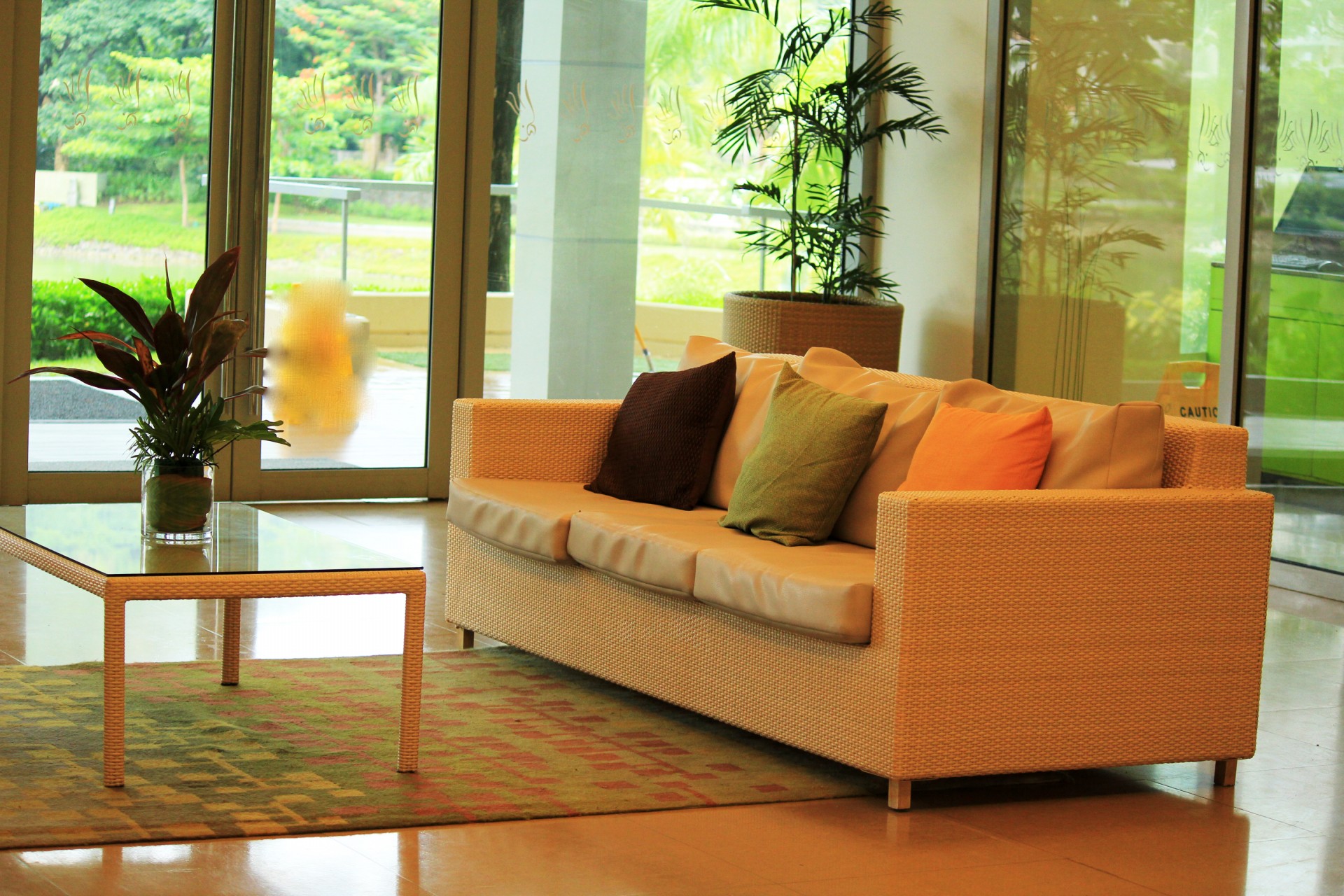 As society continued to evolve, so did the concept of a living room. In the 20th century, with the advent of technology and the shrinking size of urban homes, the living room became an even more crucial aspect of house design. It not only served as a space for relaxation and socializing but also as a functional area for work, entertainment, and storage.
Today, the living room is considered the heart of a home, and its design and functionality play a significant role in the overall house design.
From open floor plans to cozy reading nooks, the possibilities are endless when it comes to creating a living room that suits your lifestyle and personal taste.
As society continued to evolve, so did the concept of a living room. In the 20th century, with the advent of technology and the shrinking size of urban homes, the living room became an even more crucial aspect of house design. It not only served as a space for relaxation and socializing but also as a functional area for work, entertainment, and storage.
Today, the living room is considered the heart of a home, and its design and functionality play a significant role in the overall house design.
From open floor plans to cozy reading nooks, the possibilities are endless when it comes to creating a living room that suits your lifestyle and personal taste.
In Conclusion
 The term "living room" may seem like a simple and mundane concept now, but it was a revolutionary shift in house design that has stood the test of time. It has not only changed the way we live and interact with our homes but has also influenced the way we design and decorate them. So next time you step into your living room, take a moment to appreciate the history and evolution behind this integral part of your house.
The term "living room" may seem like a simple and mundane concept now, but it was a revolutionary shift in house design that has stood the test of time. It has not only changed the way we live and interact with our homes but has also influenced the way we design and decorate them. So next time you step into your living room, take a moment to appreciate the history and evolution behind this integral part of your house.



